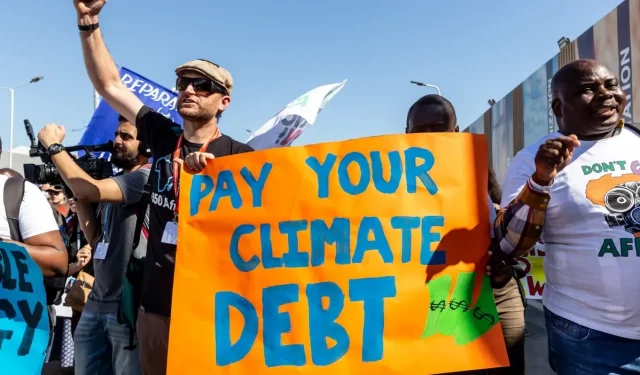The UN will soon launch a platform for monitoring methane emissions. A system that will aggregate data from many sources.
The United Nations is preparing to launch a new high-tech space system to track the biggest methane pollutants. The announcement was made during the COP27 climate conference. A United Nations platform called the Methane Alert and Response System (MARS) will offer “neutral and robust”analytical statistics on this gas, which is largely responsible for climate change. It should be launched in 2023.
UN will soon launch a platform for monitoring methane emissions
Using satellite data, the system will monitor major emissions and publish data on methane leaks. The international organization will then contact the governments, companies and operators that emit the most methane to reduce their emissions, after which the data will be made public. It is “the first publicly available global system capable of linking methane detection to notification processes,”the UN explains.
This is an important step in monitoring climate change, but there is currently no mechanism in place to force methane emitters to stop their pollution. Participants will be invited to participate in United Nations operations to reduce emissions. The system has also received funding from the European Commission, the US government, the Global Methane Hub and, in particular, the Bezos Earth Foundation.
According to the National Oceanic and Atmospheric Association (NOAA), methane is the second biggest contributor to global warming and one of the most worrying greenhouse gases, trapping heat on our planet’s surface 28 times more than carbon dioxide. It is also increasing every year, and 2021 will be the record year for its increase since 1983.
A system that will aggregate data from many sources
Even with such large quantities, finding the cause of methane pollution is not easy. As Mashable journalist Mark Kaufman explained, “Methane can come from a variety of indirect sources that are very difficult to track… Sources of methane emissions include ‘fugitive gases’ (such as methane leaks from oil wells) and methane from distant sources. biological sources (such as decaying plants in wetlands). Atmospheric scientists can determine when methane comes from biological sources and not from fossil fuels. But it’s hard for scientists to distinguish between different biological sources.”
Scientists have used a variety of methods to track the amount of methane entering the atmosphere. “To track and evaluate these emissions, experts are collecting emissions data from countries around the world, observing emissions from space, using data collected from aircraft, antennas and cars, and much more,” says Mark Kaufman.
The UN MARS initiative combines these systems into a single platform using data from NASA and European, German and Italian space agencies. In the future, this system will also include data from private satellite operators, according to the Associated Press.
With the integration of several methane detection systems and the support of the United Nations, the MARS program is a worthy continuation of this great fight the world is waging against climate pollution.
To combat climate change by reducing methane emissions, we are launching the Methane Alert and Response System 🛰️ on #COP27.
MARS will alert governments and oil and gas operators to large sources of methane to facilitate rapid and transparent mitigation of this potent gas. #CutMethan pic.twitter.com/gS5qO5MhNb
— International Methane Emissions Observatory (IMEO) (@MethaneData) November 11, 2022


